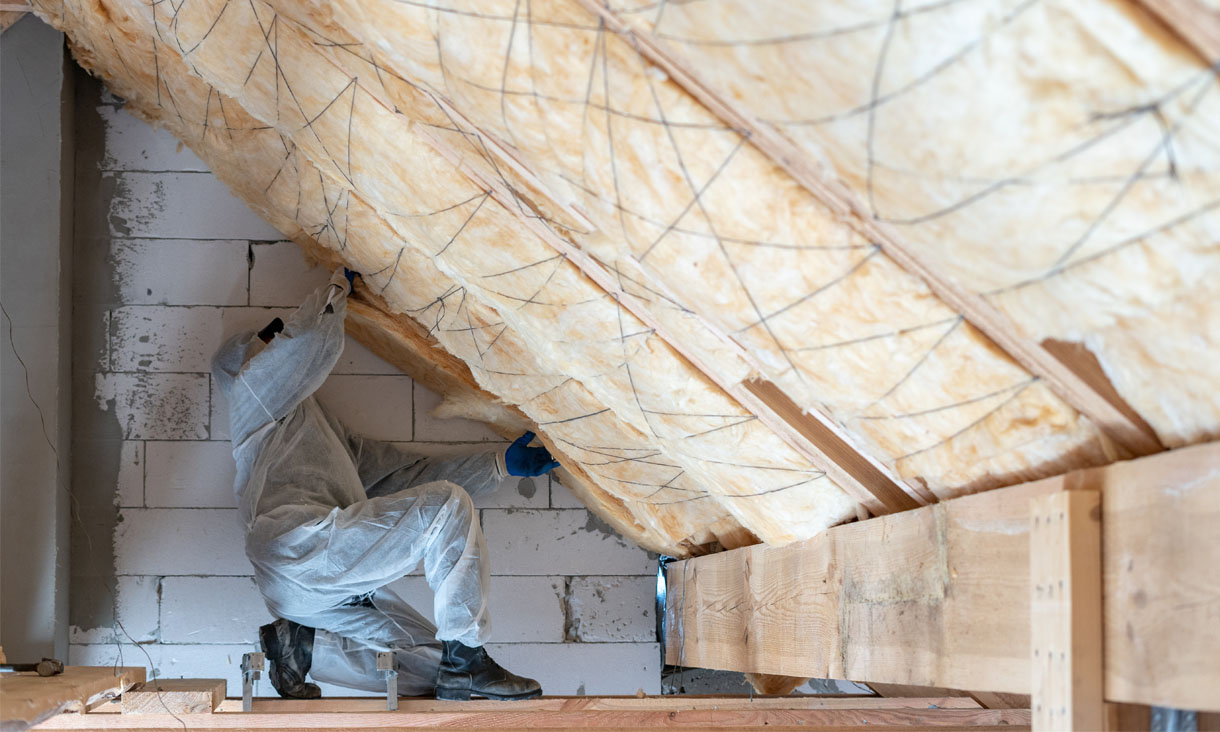An RMIT University-led report, commissioned by RACE for 2030, assessed current challenges related to home thermal efficiency improvements.
The report recommends several priorities to help Australia reach its goal of net zero by 2050, such as improving how we build new homes and how households prioritise and undertake thermal upgrading of their homes.
While the introduction of the new seven-star energy efficiency building standards is a necessary step to improve new homes, Rajagopalan said more needs to be done during the design and construction stage of building to ensure each home is thermally efficient.
A potential solution was creating a “One-stop shop” on how to embark on retrofitting your home and the benefits of a thermally efficient home from verified sources.



Yeah this has been a bit of a passion of mine for a while.
We’ve got hydronic heating and I’ve always thought it would make a great way to move sustainable heat energy around the home.
A while ago I was looking into how to make wood powered but then I read about sand batteries and started doing the calculations on how much sand and heat energy we’d need to store a useable amount of heat to keep us warm in winter in Melbourne.
Turns out the answer is a fuckload. We’ve got a 6 star house that we built ourselves 9 years ago. we got double glazing and the high range r2.7 wall insulation and r5 or 6 in the ceiling. Its a two story house with approximately 223m2 of wall (including windows) and 106m2 of ceiling.
I calculated approximately (and didn’t bother including windows so would actually be much higher) that we were in fact heating the whole neighborhood
At 7c ambient temperature, and if we want the house at 22c, we were bleeding about 27670 BTUs, another way of putting it is we’d need about 8kw of energy per hour to maintain the temperature.
In America and Europe they are building walls with an R value of 13 or 14. Here a 90mm stud wall with cement sheet weather boards, R2.7 insulation and 10mm plaster comes in at about r2.92
We’ll never be able to generate enough renewable heat if we just let it all go so easily.
Unfortunately, there is no easy retrofit fix. The best I’ve been able to come up with is building a second stud wall around the perimeter of the house to create some airgap but that has it’s own issues.